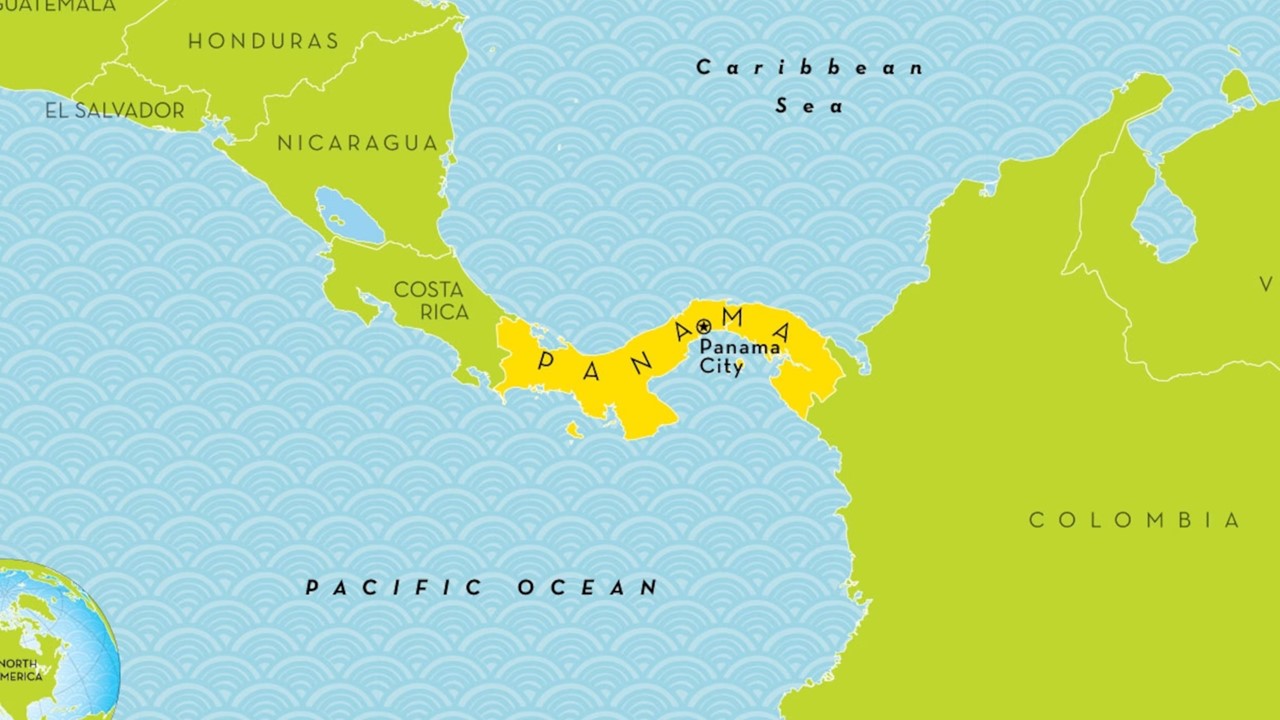Moody’s lowers its outlook for Panama

The three main rating agencies – S&P Global, Fitch, and Moody’s – have published their ratings for the current year, with two of them maintaining a negative outlook for the payment capacity of the Government of Panama. While S&P Global had already issued its negative outlook last year, Moody’s —decided to lower its outlook this year.
In its most recent report, Moody’s confirmed its Baa2 rating on Panama’s public debt, corresponding to the country’s BBB rating from S&P Global and one notch or level above the BBB- rating held by the nation with Fitch Ratings. But Moody’s believes it may soon be able to put its rating on par with Fitch’s.
As a reason for its negative outlook, Moody’s explains that its decision ” reflects an increase in fiscal pressures arising from a rigid [public] spending structure related to an upward trend in wages, subsidies, and interest payments .”
Such spending rigidity refers, in part, to the greater use of the national debt to finance the payment of the public payroll, in addition to the transfers that the National Treasury must make to maintain the financial viability of the Disability, Old Age, and Death Fund (CSS). This fund, according to calculations by the International Labor Organization, will need contributions of over $2 billion by the end of the decade in order to continue paying the pensioners who contributed.
Weak policies
According to the rating agency, “ the lack of progress in the reform of the pension system […] represents a weak effectivenes] public policies, an element related to governance within Moody’s analytical scheme. Although Panama’s economic growth prospects remain favorable relative to its peers, Moody’s expects] gross domestic product growth in the coming years to be lower than before the pandemic, and, the inability to address fiscal pressures would prevent an improvement in the country’s debt metrics.
Similar to other agencies, Moody’s expects the ratio between public debt and gross domestic product (GDP) to decline and fluctuate around 60% in the medium term, after reaching levels not seen since before 2005, approaching 70% in the face of the pandemic. For reference, Costa Rica has a public debt of $44 billion, equivalent to 70% of its GDP, while Colombia has a public debt of $175 million, equivalent to 65% of its GDP. In Panama, the public debt is around $43 billion.
The first thing, in this case, to maintain good credit, is haste. “ The deficit reduction process, ” Moody’s says, “will become increasingly complicated due to mounting spending pressures and the increasing likelihood that the central government will have to “ provide financial support for social security ”.
Spending rigidity
The second is the spending rigidity mentioned earlier. “ Relative to its Latin American and investment-grade peers, Panama had a relatively flexible spending structure, with investments accounting for 37% of central government spending between 2010 and 2019. This feature provided budget flexibility, giving authorities the ability to under-execute capital spending to meet fiscal targets”. However, this changed. The proportion of investment “declined to 26% of total expenditure for 2021, while current spending increased, with payroll disbursements, subsidies and interest constantly increasing .”





